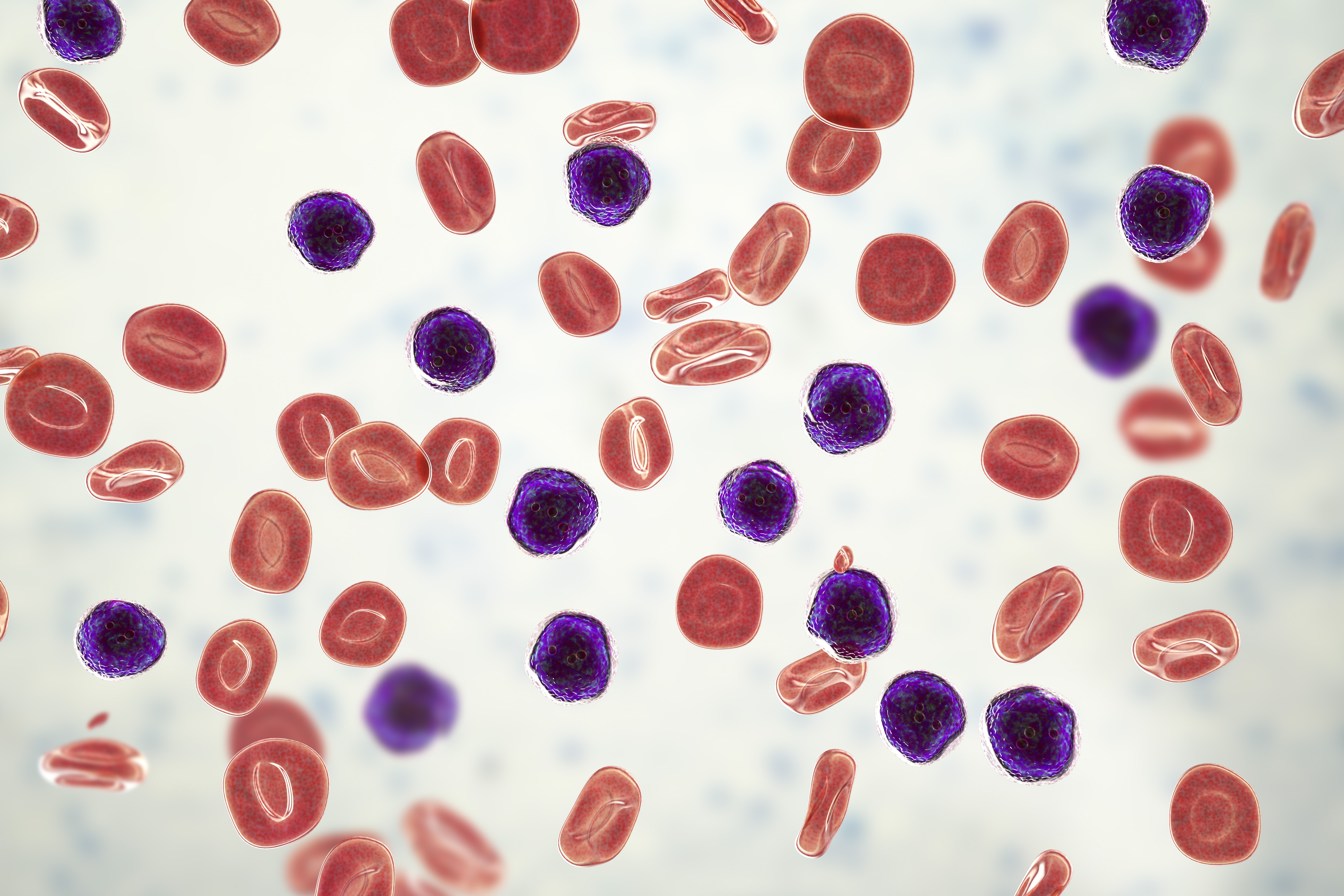UConn associate professor of pharmaceutics Xiuling Lu, along with professor of chemistry Rajeswari M. Kasi, was part of a team that recently published a paper in Nature Cell Biology finding a commonly used chemotherapy drug may be repurposed as a treatment for resurgent or chemotherapy-resistant leukemia.
One of the largest problems with cancer treatment is the development of resistance to anticancer therapies. Few FDA-approved products directly target leukemia stem cells, which cause treatment-resistant relapses. The only known method to combat their presence is stem cell transplantation.

Leukemia presents unique treatment challenges due to the nature of this form of cancer. The disease affects bone marrow, which produces blood cells. Leukemia is a cancer of the early blood-forming cells, or stem cells. Most often, leukemia is a cancer of the white blood cells. The first step of treatment is to use chemotherapy to kill the cancerous white blood cells, but if the leukemia stem cells in the bone marrow persist, the cancer may relapse in a therapy-resistant form.
Fifteen to 20% of child and up to two thirds of adult leukemia patients experience relapse. Adults who relapse face a less-than 30% five-year survival rate. For children the five-year survival rate after relapse is around two thirds. When relapse occurs, chemotherapy does not improve the prognosis for these patients. There is a critical need for scientists to develop a therapy that can more effectively target chemotherapy-resistant cells.
There are two cellular pathways, Wnt–β-catenin and PI3K–Akt, which play a key role in stem cell regulation and tumor regenesis. Cooperative activation of the Wnt– β-catenin and PI3K–Akt pathways drives self-renewal of cells that results in leukemic transformation, giving rise to cancer relapse. Previous studies have worked on targeting elements of these pathways individually, which has had limited success and often results in the growth of chemo-resistant clones.
The researchers screened hundreds of drugs to find one that may inhibit this interaction. They identified a commonly used chemotherapy drug, doxorubicin as the most viable target. While this drug is highly toxic and usually used with caution in clinical settings, the team found when used in multiple, low doses, it disrupts the Wnt–β-catenin and PI3K–Akt pathways’ interaction, while potentially reducing toxicity.
Lu’s lab contributed a nanoparticle which allowed the drug to be injected safely and released sustainably over time, a key to the experiment’s success. The nanoparticle encasing doxorubicin enables slow release of the drug to the bone marrow to reduce the Akt-activated β-catenin levels in chemo-resistant leukemic stem cells and reduce the tumorigenic activity. In low doses, doxorubicin stimulated the immune system while typical clinical doses are immunosuppressive, inhibiting healthy immune cells.
Lu is the CEO of Nami Therapeutics, a startup which designs nanoparticles for drug delivery in a variety of clinical contexts including cancer treatment and vaccine delivery.
Because of its rate of drug release, Lu’s patented nanoparticle was more effective than both a solution of the pure drug and a liposomal doxorubicin, the only commercially available version of a nanoparticle carrying doxorubicin.
“It’s exciting that the whole research team identified this new mechanism to effectively inhibit leukemia stem cells,” Lu says. “We are happy to see that our proprietary nanoparticle delivery system has such potential to help patients.”
By using low, but more sustained, doses of this drug, leukemia-initiating activity of cancerous stem cells was effectively inhibited.
The researchers demonstrated clinical relevance by transplanting patient leukemic cells into mice and observing that low-dose doxorubicin’s ability to disrupt these cells. Patient sample transplants with therapy-resistant leukemia stem cells rapidly developed leukemia. But the low-dose doxorubicin nanoparticle treatment improved survival by reducing the presence of leukemia stem cells.
Lu says the next steps for this research is to further validate the now-patented method and nanoparticle and eventually bring it into clinical usage. Lu and her collaborator, Rajeswari Kasi, also have two pending patents on copolymer-nanoparticles for drug delivery and methods for treating chemo-resistant cancer-initiating cells. For more information on their technologies, contact Ana Fidantsef (fidantsef@uchc.edu).
Lu holds a Ph.D. in biochemical engineering from the Chinese Academy of Sciences. She completed her postdoctoral training at the University of Kentucky. Her research interests include nanoparticle-based drug delivery, image-guided delivery for optimizing cancer diagnosis and therapy and strategies to overcome treatment resistance for cancer therapy.
Follow UConn Research on Twitter & LinkedIn.



